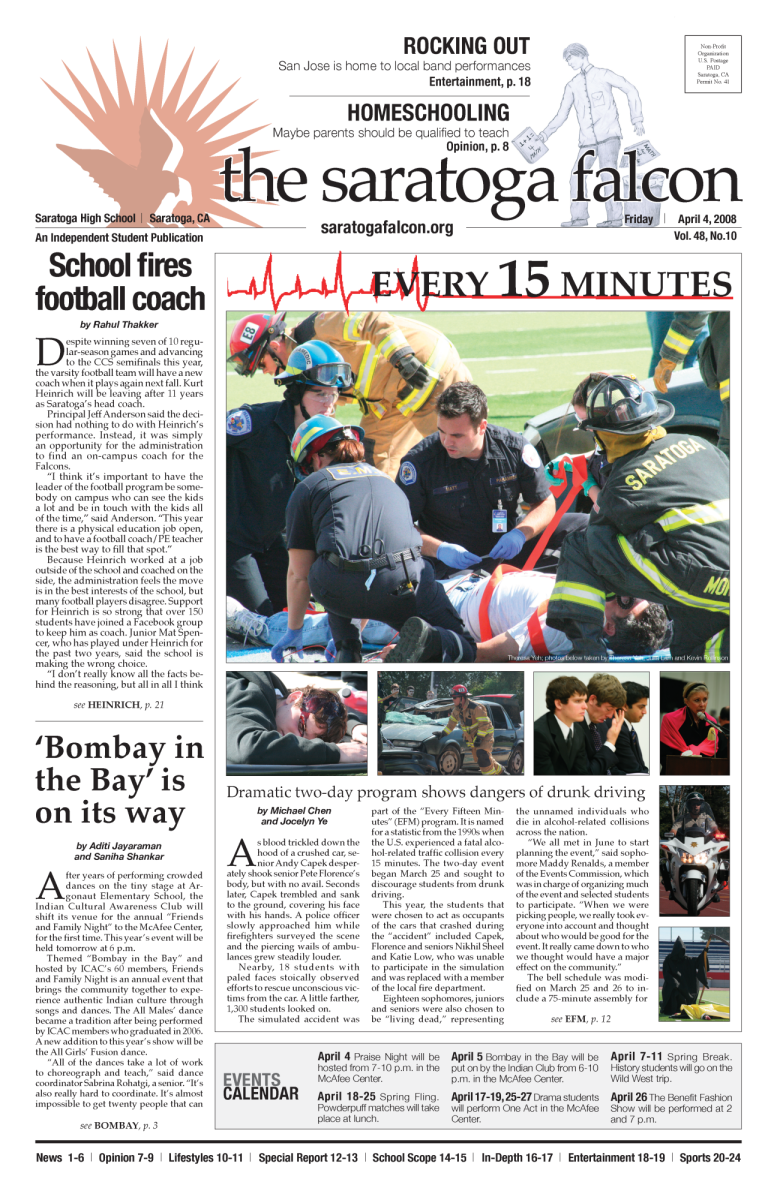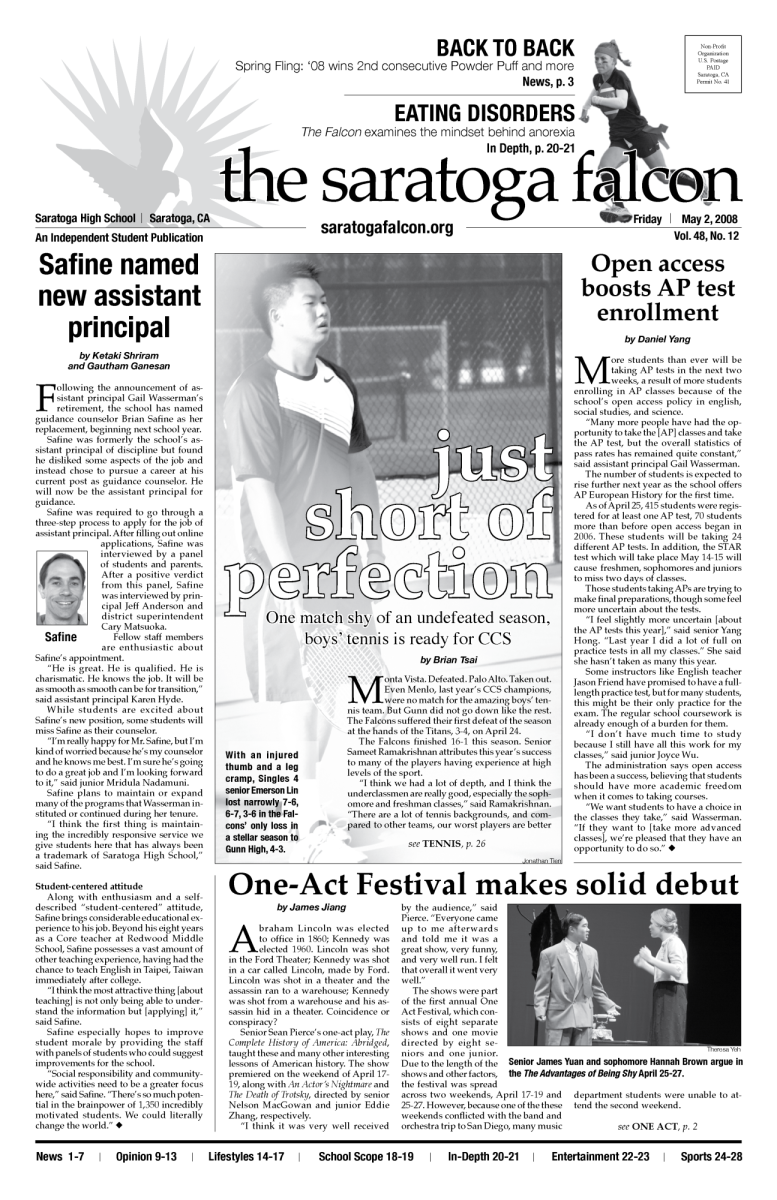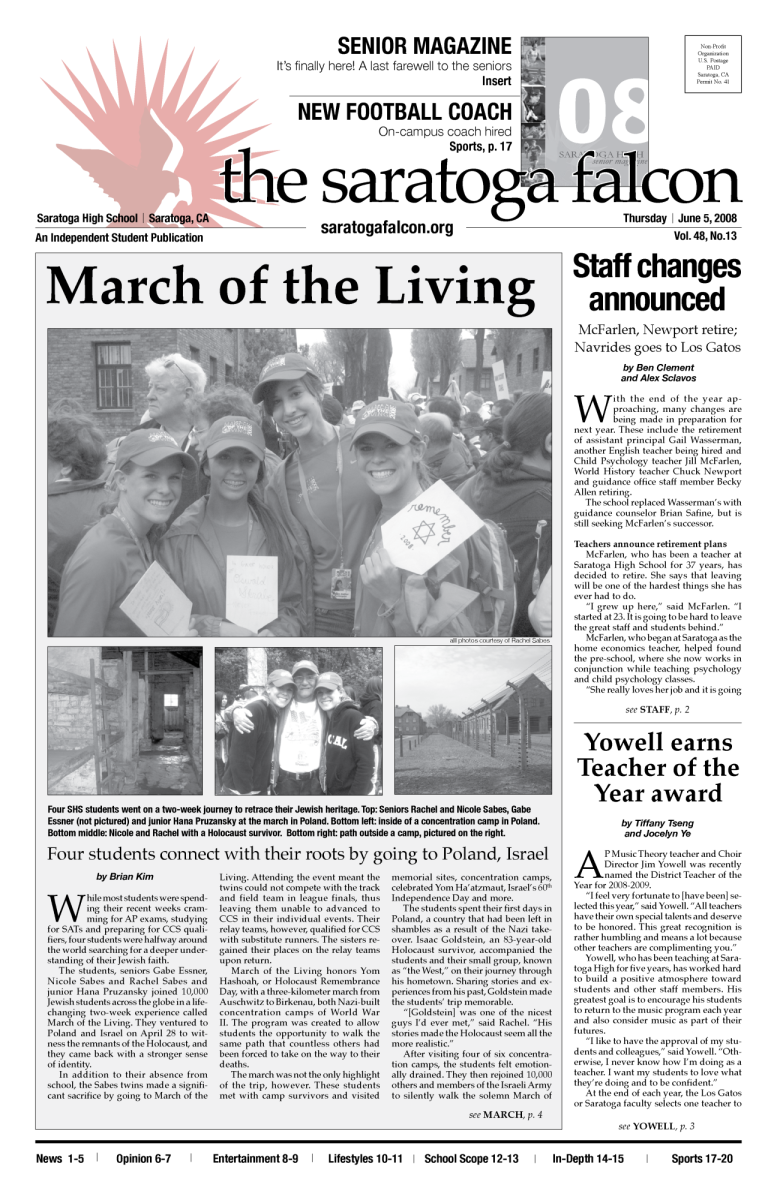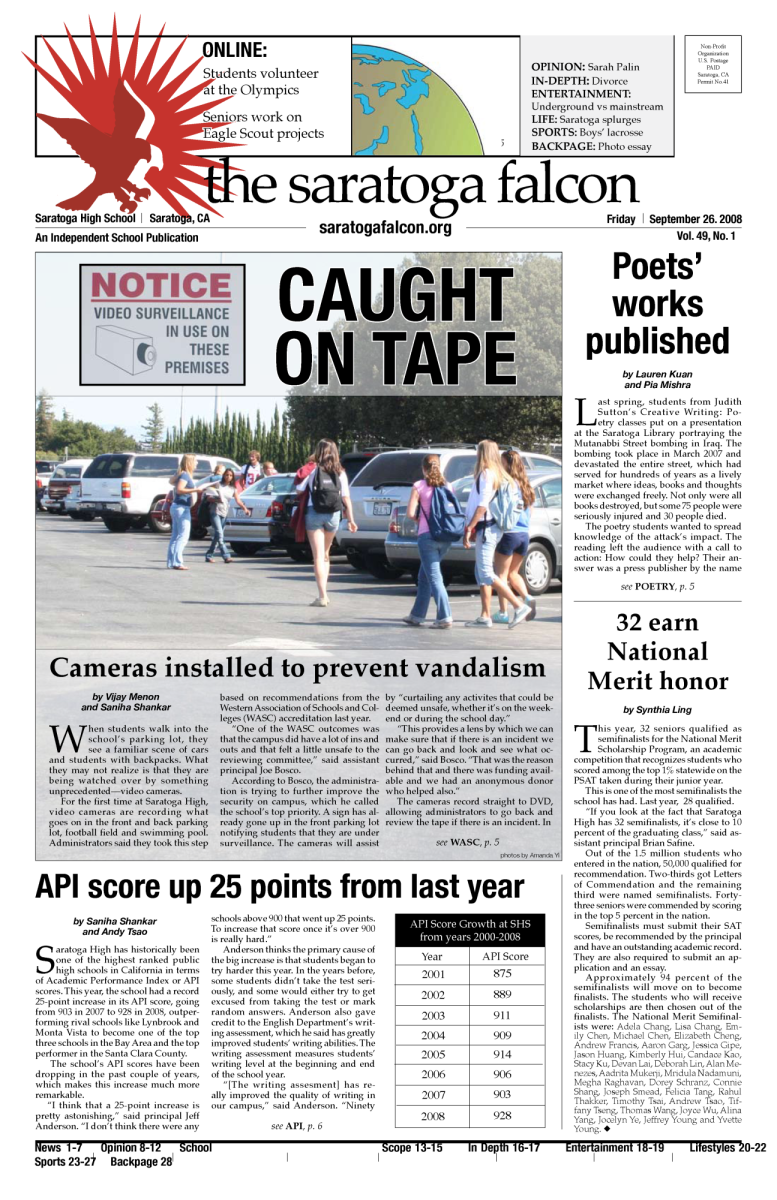Students in nearby classrooms are justified in feeling a bit envious as delicious aromas waft out of room 408 while French students enthusiastically flip crepes on a dome shaped pan. Toppings such as strawberries, whipped cream and Nutella line a table in the back of the classroom and students talk, watch a movie or play games while enjoying their food.
“It’s a way to have a little French culture and at the same time, get a little break from the regular grind,” French teacher Elaine Haggerty said. “Students love it.”
Food is a way for students to connect, bond and learn about culture. In foreign language classes, students learn about the culinary traditions of various countries where that language is spoken.
When Haggerty started teaching at the school, she found three crepe makers in her classroom cupboard. Students told her that a previous French teacher had crepe parties, so Haggerty decided to continue the tradition.
The class usually makes crepes once per semester: once in November to celebrate All Saints Day and once in May to celebrate Mardi Gras.
“I’m lucky because it fits my curriculum,” Haggerty said. “One of the things we’re supposed to teach is French culture and one of the things they do in France is eat crepes. So it’s easy for us to do something like that.”
Junior Neda Riaziat said that students contribute to parties by volunteering to bring ingredients and utensils.
The joint effort and delicious reward strengthen the camaraderie among students.
“Since there are not a lot of people taking French, the people in each level tend to stay together for all four years,” she said. “This is another way to get us all close to each other and it brings the French culture into the classroom. It’s just really fun.”
In addition to crepes in French, the Spanish program and the Chinese program have also incorporated culinary culture into their lesson plans to expose students to more unique international flavors.
In the Spanish program, students participate in sugar skull decoration for the Hispanic holiday of the Day of the Dead, which is celebrated from Oct. 31-Nov. 2. According to AP Spanish teacher Arnaldo Rodriguex, the sugar skulls, a tradition mainly from Mexico, represent death and are part of the celebration of dead loved ones and ancestors.
Rodriguex said that including this activity in addition to class discussions further explains the significance of the skulls and really helps “give a panorama of how important it is in Mexico.”
Junior Michael Tang, a student in AP Spanish Language, said that doing these kinds of activities “really contributes to the idea of having cultural experiences as being part of the curriculum.”
According to Tang, food is an integral part of understanding Spanish culture and it helps convey parts of the Spanish culture that simply can’t be learned from a textbook.
“There is a spectrum of how much of the Spanish culture we have to be exposed to and I think that without these kinds of activities the coverage would be much more limited,” Tang said. “Being in a Spanish class at a higher level is more than just learning a language.”
The Chinese program also includes traditional food as part of the learning experience. According to senior Mackenzie Lee, an AP Chinese student, students bring in moon cakes for the Mid-Autumn Festival and discuss their historical and cultural significance as well as how to make them. In addition, Lee said that students also learn about the eight types of traditional Chinese food styles found across China.
This culinary experience isn’t limited to just language classes. Students with a passion for cooking and bonding over their love for food have the option of joining Culinary Club, which meets in English teacher Suzanne Herzman’s room during lunch every other Monday.
The club’s president, senior Sally Lee, said she joined it during her sophomore year because she was interested in cooking and had many friends who were dedicated to the club. The following year, she applied to be an officer because she wanted to share her passion with others.
“One of the reasons why I wanted to become an officer was to encourage a passion for food, and I wanted to achieve this while still maintaining a fun and relaxing atmosphere,” Lee said. “I also wanted this club to be a place where we can step back from academics and relieve our stress.”
Because the club does not have access to cooking facilities and equipment, officers are unable to organize cooking lessons and live demonstrations. However, members often bring in a premade dish to share with other students and use slideshow presentations to teach tips and recipes.
Lee said that the officers hope to start a potluck tradition and encourage more members to bring in dishes by sharing recipes and ideas during the prior meeting. The potlucks would fall around holidays such as Thanksgiving or Christmas and have themes such as cookie decorating or pasta day.
“We hope that in making these changes, people will be more willing to recreate the food at home and bring it in to share,” Lee said. “We hope the themes will create festivity to encourage people to participate.”



























